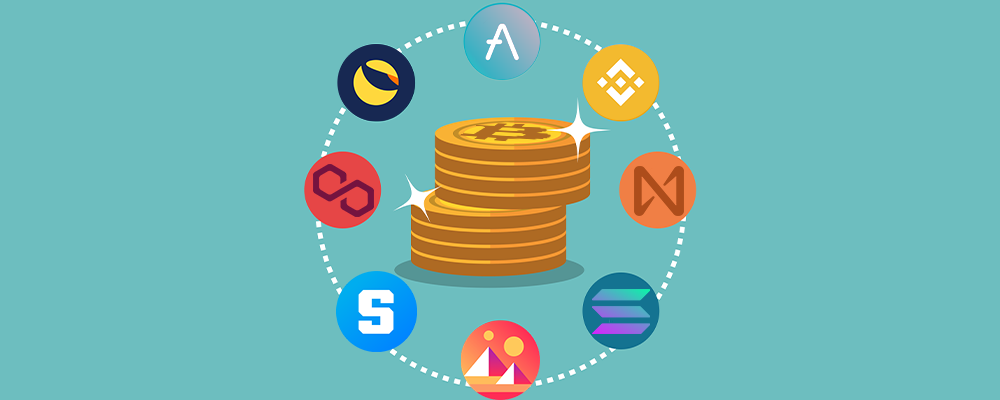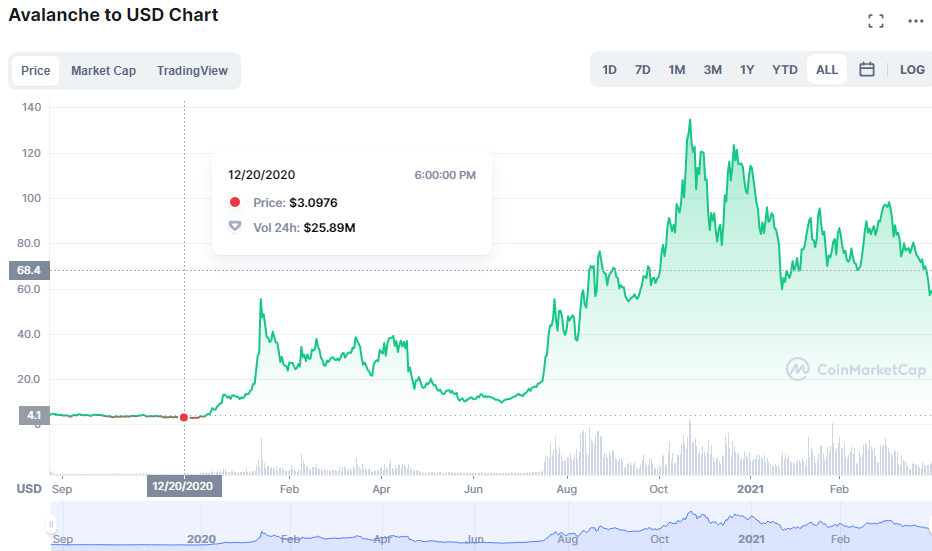Tokenomics 101
Market Meditations | May 3, 2022

? Tokenomics 101
Tokenomics can grant insight into a team’s motives, help to contextualise future price movement, give alpha for early action or even predict the likelihood of a rug pull.
This information is typically found in whitepapers, github repositories, Medium articles or direct links on webpages or social media. If no tokenomics are published anywhere, it should be considered a red flag.
This week we cover utility, deflationary mechanisms, and initial offerings – three of the most important areas you need to know when approaching a new project.
Why Am I Supposed To Do with This? ??♀️
Utility, utility, utility.
Identifying functions of the token indicates the strength of a project’s fundamentals. Holding tokens like Baby Doge may prove profitable to some lucky investors, but with no utility beyond speculation, it’s statistically less likely to succeed in the long term.
- Solana’s ecosystem is filled with relevant use-cases. Aside from the organic demand created from transaction fees, NFTs, DeFi and more decorate the trophy hall of the Solana network.
Scrutinise ecosystems, staking opportunities, transaction fees, marketplaces, and other reasons to need the token.
Full of Hot Air? ?
Deflation is more than just a Fed buzzword.
Some projects include a plan for removing tokens from circulation. This is particularly important for inflationary tokens with no cap, but plays an important role in most cases. Inflationary tokens will see their prices driven into the ground without deflationary mechanisms in place.
- Two of the most common methods are burning and incentivisation.
- Burning is the process of permanently removing tokens from circulation. This is done by sending tokens to a burn address, or an address from which they are irretrievable.
- Incetivisations are methods employed to entice users to hold tokens over a long period in order to remove them from circulation.
- Ethereum’s EIP-1559 upgrade began burning 70% of gas fees charged when it was launched. This measure was put in place because there is no limit to the total number of coins that can be produced. It should be noted that while Ethereum does not limit the total supply of ETH, the network does limit production of 18 million coins per year.
Examining deflationary mechanisms uncovers how projects plan to handle an increasing supply. Acquaint yourself with how projects plan on managing token emissions. If it’s inflationary with no way to stymie the creation of tokens or tie up liquidity, consider walking away.
Wen Token? ?
The battle cry of Apes everywhere.
When a project’s token becomes available, it usually does so through an initial offering of some kind.
- IEOs and IDOs are listed directly on centralised and decentralised exchanges, respectively. Some offerings require whitelisting certain addresses to be eligible for purchasing the token.
- The nuance of initial offerings is a deep topic too robust for coverage here. As it relates to tokenomics, the timeline of a token’s initial offering is the primary concern.
- Avalanche’s ICO offered tokens at $.50 and $.85, depending on investor level and parabolically rose relatively soon after conclusion.
Use initial offerings to examine price history or anticipate upcoming releases. Participating in project Discord and Telegram channels are popular ways of getting whitelisted for these events.
Don’t sleep on this due diligence, or you might be rudely awakened with a rug being pulled out from under you.



